Related Research Articles
Elgin may refer to:
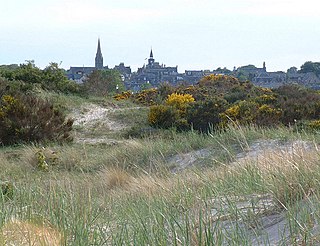
Nairn is a town and royal burgh in the Highland council area of Scotland. It is an ancient fishing port and market town around 17 miles (27 km) east of Inverness, at the point where the River Nairn enters the Moray Firth. It is the traditional county town of Nairnshire.
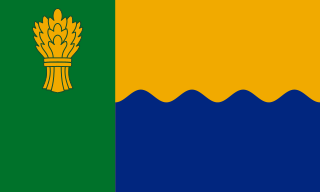
Moray; or Morayshire, called Elginshire until 1919, is a historic county, registration county and lieutenancy area of Scotland, bordering Nairnshire to the west, Inverness-shire to the south, and Banffshire to the east. It was a local government county, with Elgin the county town, until 1975. The county was officially called Elginshire, sharing the name of the Elginshire parliamentary constituency, so named since 1708.
Moray and Nairn was a county constituency of the House of Commons of the Parliament of the United Kingdom from 1918 to 1983.
Elgin Burghs was a district of burghs constituency of the House of Commons of Great Britain from 1708 to 1801 and of the House of Commons of the United Kingdom from 1801 to 1918. Until 1832, when Peterhead was added, the constituency comprised the parliamentary burghs of Elgin, Cullen, Banff, Inverurie and Kintore, lying in Elginshire, Banffshire and Aberdeenshire.
Aberdeenshire was a Scottish county constituency of the House of Commons of the Parliament of Great Britain from 1708 to 1800 and of the House of Commons of the Parliament of the United Kingdom from 1801 until 1868.
Edinburghshire was a Scottish county constituency of the House of Commons of the Parliament of Great Britain from 1708 to 1801 and of the Parliament of the United Kingdom from 1801 to 1918.
Inverness Burghs was a district of burghs constituency of the House of Commons of the Parliament of Great Britain from 1708 to 1801 and of the Parliament of the United Kingdom from 1801 to 1918. It elected one Member of Parliament (MP).
Elginshire and Nairnshire was a county constituency in Scotland. From 1832 to 1918, it returned one Member of Parliament (MP) to the House of Commons of the Parliament of the United Kingdom, elected by the first-past-the-post voting system.

Nairnshire was a county constituency of the House of Commons of Great Britain from 1708 until 1800, and of the House of Commons of the United Kingdom from 1801 to 1832.
Tain Burghs was a constituency of the House of Commons of the Parliament of Great Britain from 1708 to 1801 and of the Parliament of the United Kingdom from 1801 to 1832, sometimes known as Northern Burghs. It was represented by one Member of Parliament (MP).
Aberdeen Burghs was a district of burghs constituency which was represented from 1708 to 1800 in the House of Commons of the Parliament of Great Britain, and from 1801 to 1832 in the House of Commons of the Parliament of the United Kingdom.
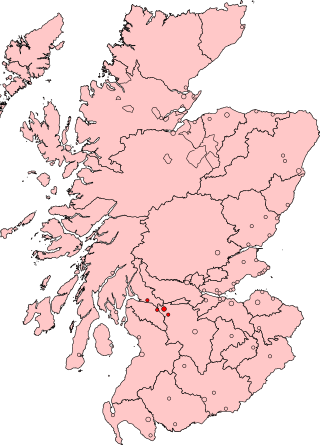
Clyde Burghs, also known as Glasgow Burghs, was a district of burghs constituency of the House of Commons of Great Britain from 1708 to 1801 and of the House of Commons of the United Kingdom from 1801 to 1832. It elected one Member of Parliament (MP).
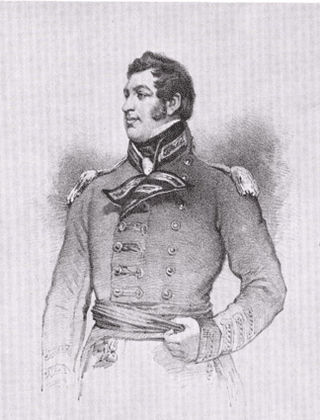
Colonel Francis William Ogilvy-Grant, 6th Earl of Seafield was a British Conservative Member of Parliament, military officer, and the 25th Chief of Clan Grant. He was appointed representative peer for Scotland between 1841 and 1853.
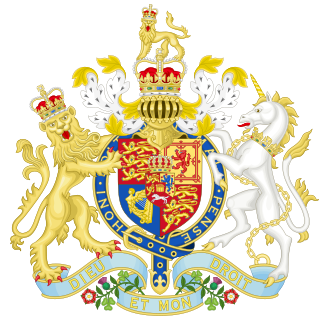
The Scottish Reform Act 1832 was an Act of Parliament that introduced wide-ranging changes to the election laws of Scotland. The act was passed at approximately the same time as the Reform Act 1832, which applied to England and Wales. The chief architects of the Act were Francis Jeffrey and Henry Cockburn. It was subsequently given the official short title of the Representation of the People (Scotland) Act 1832. Prior to the Act, Scotland's electorate was only 0.2% of the population compared to 4% in England. The Scottish electorate overnight soared from 5,000 to 65,000, or 13% of the adult men, and was no longer a private preserve for a few very rich families.
The Scottish North Eastern Counties Constabulary, was one of the two Police Forces which in 1975, were merged to create Grampian Police.
Nairnshire was a constituency of the Parliament of Scotland before the Union with England in 1707. The barons of the shire or sheriffdom of Nairn elected two commissioners to represent them in the Parliament and in the Convention of Estates.

Alexander Brodie, 19th of that Ilk was the 19th chief of Clan Brodie and politician from Moray. He sat in the House of Commons of Great Britain for 34 years from 1720 to 1754, as a government supporter. For 27 years he was Lord Lyon King of Arms, the most junior of the Scottish Great Officers of State, responsible for regulating the heraldry of Scotland.
References
- "Elginshire (Morayshire)". History of Parliament Online. Retrieved 27 February 2013.